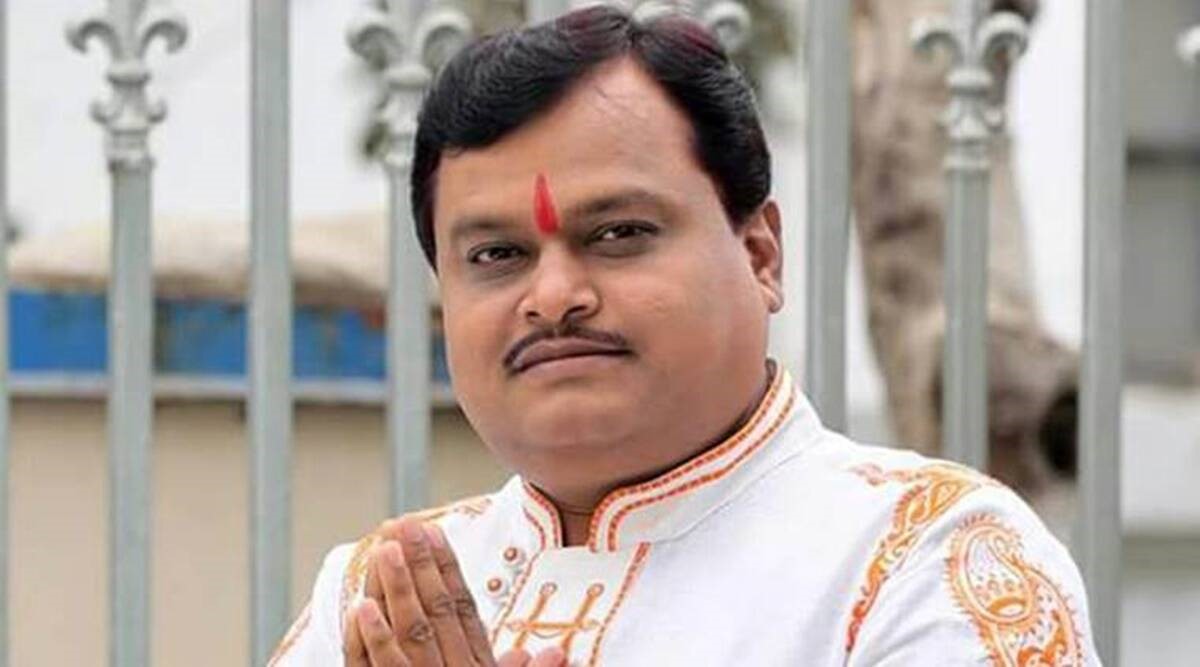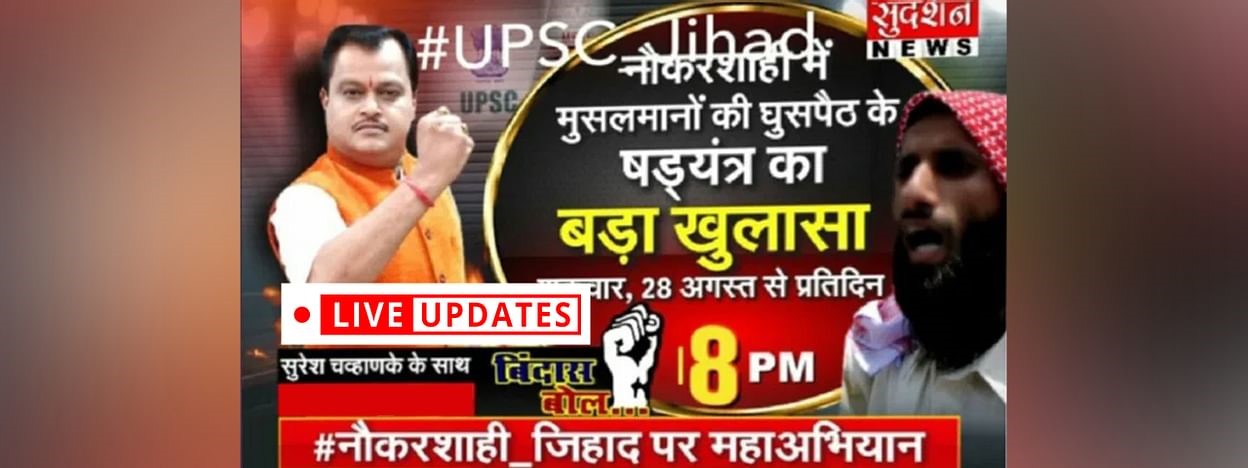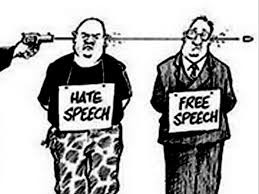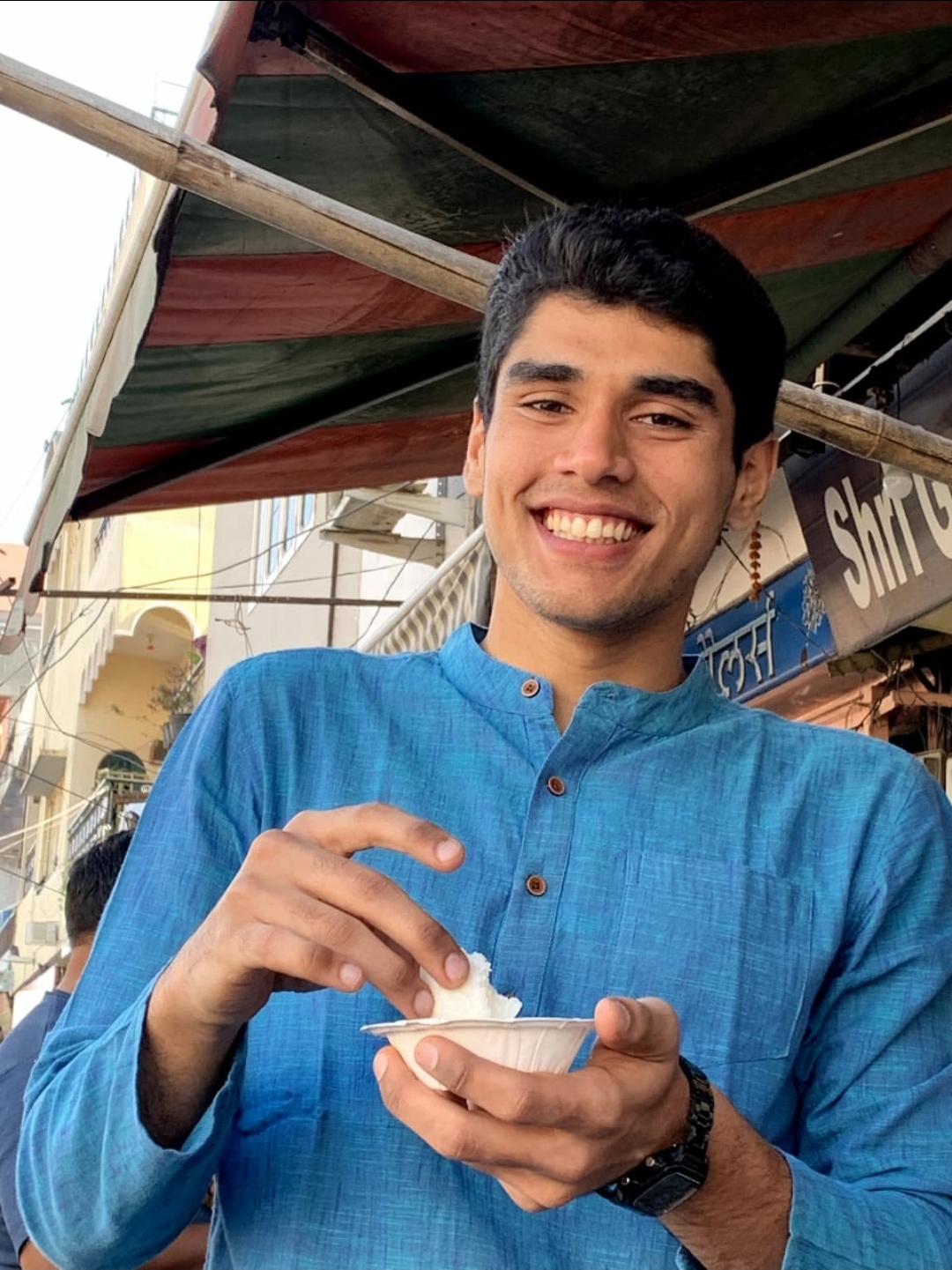The Supreme court stayed the broadcast of the remaining episodes of Sudarshan TV’s programme “Bindaas Bol”, stating that the show intended to vilify the whole Muslim community. In Justice DY Chandrachud’s words, “The Sudarshan TV show on the infiltration of Muslims in Civil Services is insidious and rabid since it tends to target one particular community.” A day after this, the Centre filed an affidavit with the Supreme Court expressing its intent to regulate digital media on the grounds of spreading hatred.

On 21st September 2020, in a move which proves that the judiciary and government of India are fast and efficiently adapting to the world which is predominantly moving over to the digital side, especially during the COVID 19 phase, the Centre filed an affidavit to the SC for a need to regulate digital media.
Almost all news that we are consuming today is secondary, coming from majorly the internet where polarising viewpoints and biased articles are also found. One example that can be taken up here is the death of an elephant in Kerala (May 2020) by a firecracker-stuffed pineapple. As the case opened to the public, there was mass hatred, and people and animal welfare groups alike expressed their rage at this behaviour. The irrationality that the people questioned was “Why would someone feed a firecracker filled pineapple to an elephant?!” A few days later it surfaced that the elephant had accidentally consumed said pineapple which the natives use to keep wild boars away from plantations. The point here is, people can only talk about the story they know, which may or may not be complete, which may or may not be accurate, and which develops an ingrained bias in terms of the choice of words. The effects of videos and photos, though, are much greater than of news in the form of words.

The Centre says that there is a need to regulate digital media before they do for electronic media. The ease of being able to, and creating digital media is much easier than starting a news channel or creating a website. While the minimum possession of assets required to start a news channel is INR 20Cr, all that a person requires to make a video is a smartphone and an internet connection. The speed and rate at which technology is growing and becoming accessible to the citizens of the world are exponential and this gives all the smartphone owners the power to start their own (YouTube) channels to upload videos and propagate what they feel. Anyone with a smartphone can start a “web magazine” or a “web newspaper”. Finding a broadcaster or publisher also requires licensing from statutory authorities which are governed by statutory provisions. The mechanisms in place for newspapers and news channels are already highly regulated, so a need for further regulation doesn’t arise here. But a newspaper may not reach a remote region of the country or someone illiterate won’t be able to read the newspaper. Digital media, on the other hand, is not only geographically more widespread, but it also caters to the illiterate audience, which makes a huge difference in India. In the case of electronic and print media, the security of the nation is also taken into account during registration and licensing. Even accessing mainstream electronic media requires an expensive provision, viz. a television setup. The affidavit described “web-based digital media” as “uncontrolled”; something which isn’t limited to the country but also has inputs and outputs from other countries.

We need to take care, though, that this fundamental freedom of speech isn’t exploited and the right balance between the right of speech, and the duty of maintaining everyone’s dignity stays. In the words of Justice DY Chandrachud, “As judge of the Constitutional Court, I have a constitutional duty to protect human dignity, which is as important as our duty to protect free speech. We respect the right of freedom of speech but we are concerned about these kinds of attacks against a community.”

Striking the right balance between “Freedom of speech” and its exploitation, to glorify or vilify opinions was a more widespread norm before the age of the internet. With anonymity and rising accessibility to hold positions of power on the internet, India will need to come up with a highly concrete plan to regulate digital media. Looking at the way India has handled the pandemic, the future of the world’s largest democracy to regulate digital media is quite bright.
Written By: Shlok Sampat

Shlok is a sportsperson by day and drama enthusiast by night; he also studies engineering. When he isn’t reading a book or writing down his thoughts, he enjoys referring to himself in the 3rd person. A firm believer in gastronomical pleasures, Shlok often takes detours on his commute routes for the heck of it.
